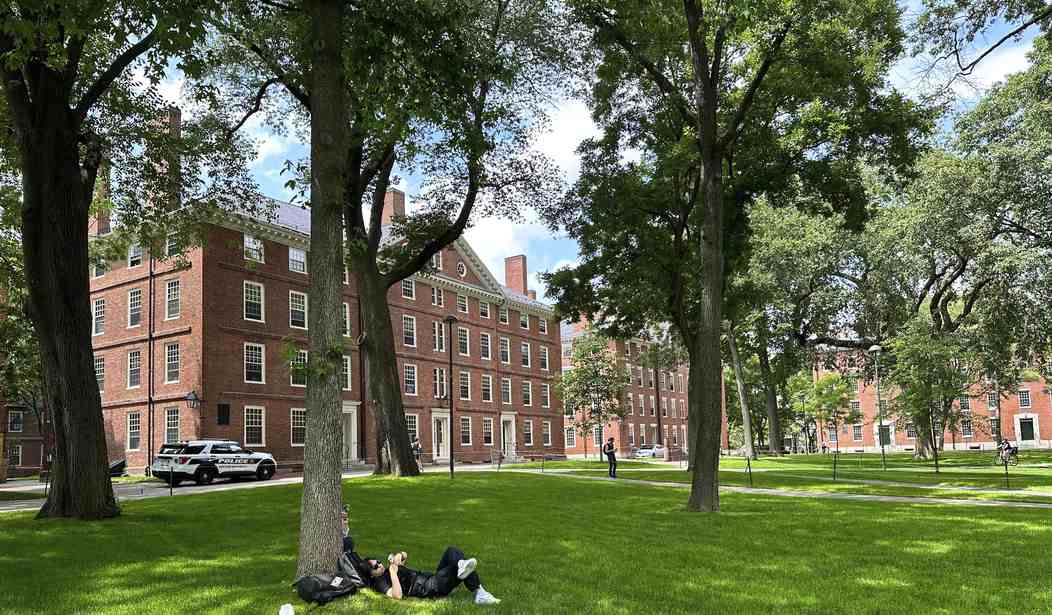I liked it better when they were swallowing goldfish or sitting on flagpoles. Even streaking would have been preferable to this.
The latest fad on college campuses is unionizing undergraduate workers. Last week, 20,000 student workers across the California university system voted to unionize. Another 4,000 undergraduate student workers voted to unionize at the University of Oregon.
Between January 2021 and June 2023, the vast majority of newly unionized student workers were graduate students, according to a study released in September by the City University of New York. About 50 unions representing more than 78,000 student employees have formed since the start of 2022.
Non-academic student workers include resident advisers, dining staff, lab technicians, and others who aren't teachers or research assistants.
Chronicle of Higher Education:
While most of the new undergraduate unions have formed at small private institutions in the Northeast, continuing the trend that emerged in 2022 and 2023, the Cal State and Oregon unions demonstrate that these campaigns are gaining steam elsewhere.
They also represent a shift in the type of union forming. At colleges like Swarthmore, Brown, Reed, Emerson, and Smith, the unions represent small numbers of resident assistants and dining workers.
The new unions at Cal State and Oregon, on the other hand, are “wall to wall” — meaning the groups represent all nonacademic student workers across several departments on campus. Previously, the only other wall-to-wall student-worker union was at Grinnell College. It formed in 2022 after a vote expanded the college’s existing union of undergraduate dining workers. Student workers at The New School are also trying to organize a wall-to-wall union; Harvard’s undergraduate union has ambitions to do the same.
Are these unions really necessary? Anywhere that workers feel exploited, poorly compensated, and powerless to affect their conditions, unions will become an attractive alternative.
Colleges and universities are notoriously cheap, paying some employees like resident assistants and lab techs next to nothing while piling work on them. I'm not surprised at all that kids would turn to unions and the promise of better pay and better working conditions.
Labor experts, union leaders, and student workers told The Chronicle that psychology is one obvious propellant for the recent surge in undergraduate unions. Student workers have been inspired by the successful organizing efforts at companies like Starbucks and Amazon, as well as across higher ed.
Changes in the legal landscape have also paved the way: The National Labor Relations Board ruled in 2016 that graduate and undergraduate workers at private colleges had the right to unionize. The first wave of new undergraduate unions in 2022 and 2023 came at private colleges like Columbia University, Barnard College, and Wesleyan University.
As with any other industry, some companies/schools would benefit from the formation of a union while others would not. Others would be harmed by a union. Some job classifications would find belonging to a union detrimental.
This is the nature of unions and has been since industrial unions became dominant in the 1940s and '50s. A "one size fits all" approach to unionization ends up benefitting some and not others. However, unions are stuck with having to recruit all workers from an industry regardless of the conditions of the company that employs them.
Higher education will never be the same.










Join the conversation as a VIP Member